A reception with light refreshments will follow the lecture. Please RSVP for the lecture and reception here.
As NASA prepared to send astronauts to the Moon in the 1960s, prominent scientists speculated that microbial life had evolved on the lunar surface. If brought to Earth, they warned, lunar microorganisms could contaminate the biosphere and cause a plague rivalling the worst in human history. A network of American scientists, officials, and civil servants therefore developed a quarantine protocol that would isolate astronauts, spacecraft, and Moon rocks brought back to Earth.
Yet although NASA officials publicly assured policymakers and journalists that they would prevent the accidental release of lunar microorganisms, in private they prioritized probable risks to astronauts over unlikely – but potentially catastrophic – risks to Earth. As a result, the quarantine protocol developed by the American government was riddled with failures that largely went unnoticed by the public. Today the history of the protocol can reveal how and why large organizations may choose to exacerbate existential risks – and how those risks can be mitigated.
